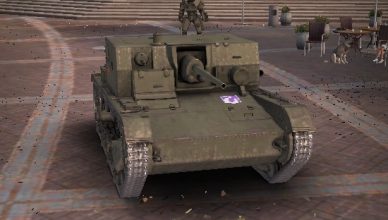
Soviet tanks in world of tanks

The history of the creation of Soviet armored forces dates back to the period of the Civil War. January 31, 1918 for the “management of all armored units of the Russian Soviet Republic” was created by the Council of armored units, called the “Central Armor”.
Six months later, he was transformed into the Armored Directorate, and then into the department of the military police.
The supply of military equipment – armored vehicles, armored trains and tanks of the deployed armored forces of the Red Army was carried out in two directions:
- Repair and restoration of the remaining from the Russian army or captured from the White Guards.
- Intervention of military equipment and organization of the release of a new one.
As a result, by the end of the Civil War, the republic’s armored forces included 105 armored trains, 52 armored vehicles and 11 auto-tank detachments.
In the postwar years, the armored forces underwent significant changes, mainly associated with a reduction in the number and improvement of the organizational staff structure. On March 1, 1926, the armored forces of the Red Army totaled only 16 armored units, including one tank regiment and six auto armored divisions equipped with outdated armored vehicles.
In 1928, mass production of the MS 1 light tank and the BA 27 armored car began, which allowed us to begin replacing the old material part. A year later, the Revolutionary Military Council of the USSR approved the large-scale “Red Army Tank Tractor Vehicle Armored Arms System.
For its implementation, the Office of Mechanization and Motorization of the Red Army was created from the end of 1934 – armored. Siyulya 1940 The main armored vehicle, in 1941 – 1954 – the Office of the commander of armored and mechanized forces.
The first five-year plan of military development, approved by the PBC of the USSR on June 13, 1930, set the objectives:
- achieve superiority over a potential adversary in decisive weapons, including tanks.
- rearm the army with the latest models of military equipment.
- Create new technical types of troops.
- Upgrade obsolete equipment.
- Ensure mass training of technical personnel and mastery of new equipment by army personnel.
This plan began to be implemented at an unprecedented pace.


Soviet medium tank T 28 military operations on the Mannerheim Line part 2
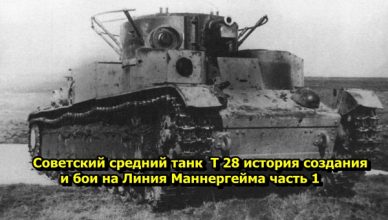
Soviet medium tank T 28 creation story and battles on the Mannerheim Line part 1
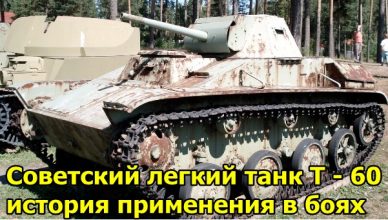
Soviet light tank T – 60 history of use in battle
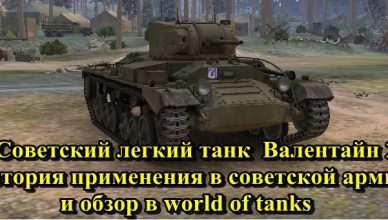
Soviet light tank Valentine 2 application history in the Soviet army and a review in world of tanks
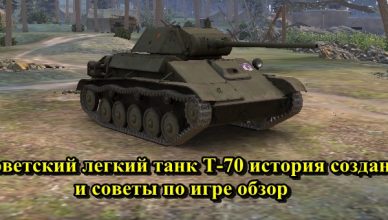
Soviet light tank T-70 creation story and game tips review

Soviet heavy tank KV-1C creation story and tips in the game world of tanks
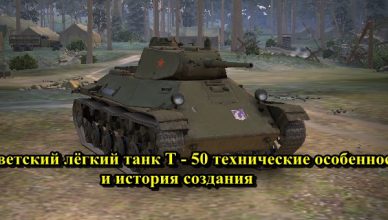
Soviet light tank T – 50 technical features and history of creation
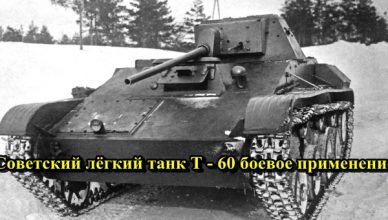
Soviet light tank T – 60 combat use
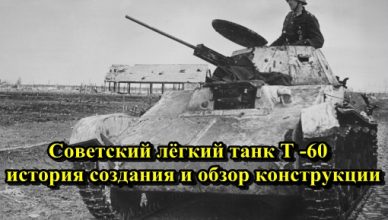
Soviet light tank T-60 creation history and design review

Soviet light tank T 50 creation story and review in world of tanks

Soviet artillery mount SU – 26; second life of the T – 26 tank
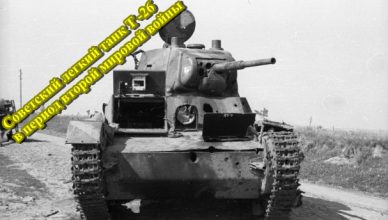
Soviet light tank T-26 during the second world war

Soviet light tank T – 26 combat use in Spain and the Japanese conflict.
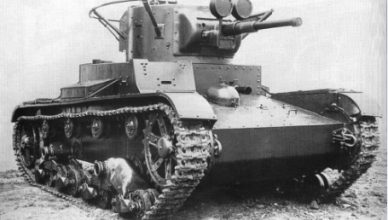
Soviet light tank T – 26 creation story and tactics of use in world of tanks
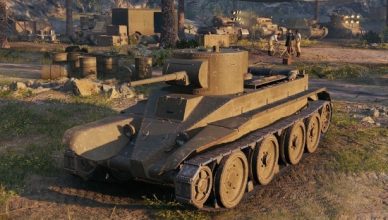
Combat use of the Soviet light tank BT-2 in a Polish company

Combat use of the Soviet light tank BT-2
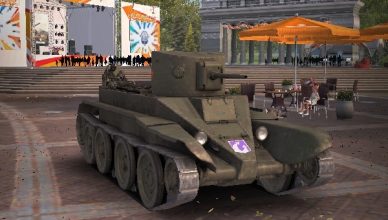
Soviet light tank BT -2 creation history and review
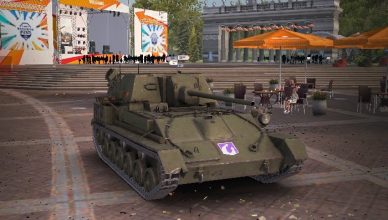
Tank Su 76m self-propelled artillery unit World of Tanks
